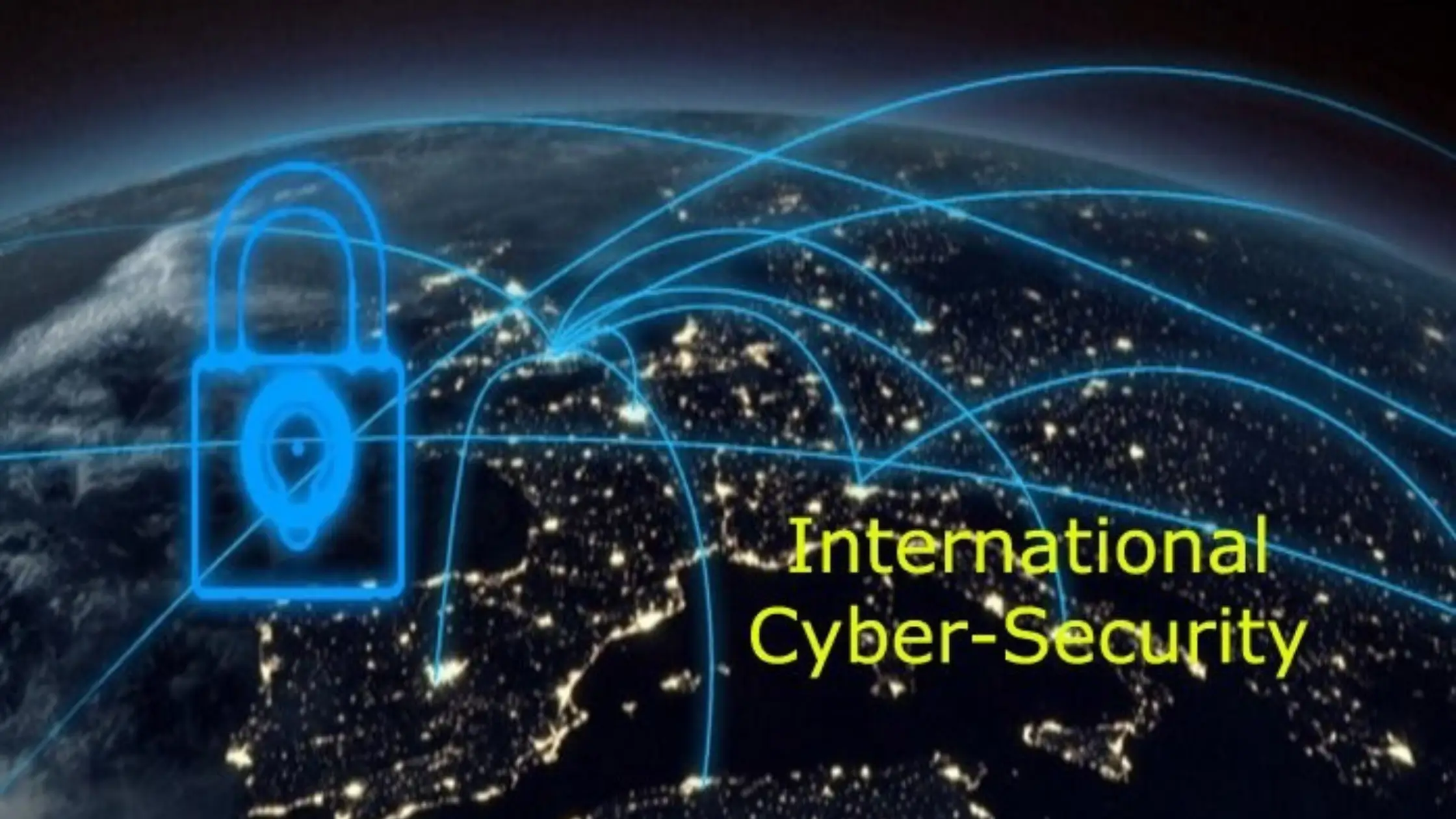Uncovering Foreign Cyber Threats: Examining Overseas Hackers Targeting Critical Infrastructure
Cyberattacks from overseas adversaries pose an ever-growing menace as foreign hackers increasingly set their sights on critical infrastructure networks vital to public welfare. Sophisticated state-sponsored groups execute intrusions to gather intelligence, plant destructive malware, and probe networks for control system vulnerabilities. To fully confront this threat, greater public awareness is needed regarding the reality of foreign cyberattacks targeting essential services and industry domestically.
In an interconnected digital global landscape, Foreign Cyber Threats recognize no borders as overseas hackers penetrate systems thousands of miles away. Whether state-sponsored groups or cyber criminals taking advantage of jurisdictional divides, Foreign Cyber Threats present unique challenges for network defenders and infrastructure owners.
As hacking collectives in Russia, China, Iran and North Korea continue refining advanced persistent threat (APT) campaigns, their cyber capabilities match or exceed the most sophisticated cyber forces across the Five Eyes intelligence alliance. Using stealthy malware, zero-day exploits and elite hacking tradecraft, these foreign threats infiltrate critical infrastructure targets in rival nations.
Intrusions aim to achieve a mix of intelligence gathering, network reconnaissance, and planting access points or destructive payloads to enable potential sabotage on command. With essential utilities, manufacturing plants, oil pipelines and other critical services in their crosshairs, understanding foreign cyberattacks is vital for the public and private sector to collaborate on improving resilience.
Examining Overseas Threat Groups and Tactics Used in Critical Infrastructure Attacks
To fully grasp the scope of infrastructure sectors facing Foreign Cyber Threats, one must first recognize the primary overseas hacking groups who conduct such intrusions alongside their trademark tactics, techniques and procedures (TTPs). Three state sponsors in particular account for the bulk of malicious cyber activity aimed at infrastructure networks globally:
Russia – Advanced persistent threat groups like Energetic Bear/Dragonfly (targeting energy sector) and Sandworm Team (aimed at industrial control systems) provide the Kremlin deniability while accomplishing strategic objectives. Tactics used include spearphishing, credential harvesting, watering hole compromise sites and trojanizing ICS vendor software updates.
China – Prolific Chinese state-sponsored hackers undercut economic rivals by stealing intellectual property from manufacturing firms to benefit domestic companies. Prominent APTs include Winnti Group and APT10 which compromised MSPs to access managed ICS networks globally. They exploit unpatched VPN appliances and open RDP ports.
Iran – Outsized cyber capabilities make Iran a severe threat as they seek to either surveil or disrupt critical networks in adversarial Middle East nations. Groups like OilRig and MuddyWater are becoming more brazen targeting OT networks for extortion and laying destructive wiper malware.
These foreign threat collectives build expansive access to compromise as much essential infrastructure as possible in rivalling nations, biding time before potentially activating disruption when geo-political conflicts emerge. Their capabilities continue advancing using robotics process automation (RPA) and artificial intelligence to accelerate attacks.
Documented Intrusions on Critical Infrastructure Demonstrate Capabilities
Skeptics downplaying the risk of Foreign Cyber Threats on public infrastructure need only review the long list of confirmed intrusions over the past decade targeting electricity, water, manufacturing and oil/gas firms globally:
- Ukraine Power Grid Attacks (2015, 2016): Disturbingly sophisticated assaults by Sandworm Team (Russia) cut power to 230k residents for hours using BlackEnergy and Industroyer malware tailored specifically to map grids for maximum impact.
- Saudi Aramco Attack (2012): One of the most destructive cyberattacks in history as Iranian hackers unleashed wiper malware dubbed Disttrack or “Flame”. 30k workstations were rendered inoperable as oil firm business continuity plans were tested to extremes.
- Colonial Pipeline Shutdown (2021): Even infrastructure firms not directly managing OT systems faced crippling outages from ransomware as Colonial Pipeline went down for days fueling gas shortages along U.S. east coast.
- Water Treatment Intrusions (2016-21): Foreign cyber groups repeatedly infiltrated water utilities in the U.S. and U.K., highlighting exposure of essential resources. Some accessed SCADA controls without causing harm, sparking concerns over laying destructive payloads.
The unfortunate reality reflected across these case studies is that foreign cyberattacks happen much more frequently than infrastructure firms disclose publicly. Managers fear undermining customer confidence or fiduciary duties by exposing breaches. Until transparency and reporting improves, the extent of current foreign infrastructure access remains unknown. But their capabilities are clear and continue expanding using AI automation.
Bolstering Public Awareness to Support Cyber Resilience
While cybersecurity falls predominately on critical infrastructure owners to mature, general public awareness of foreign threats targeting essential networks will help galvanize collective action. Every citizen depends directly on electricity, fuel, manufacturing and water security daily making this a shared national security priority requiring coordination between private and public stakeholders.
To empower public participation for improving critical infrastructure cyber resilience, people must recognize the credible threat and pervasive nature of foreign cyberattacks. Some key realities include:
- Foreign hackers view essential networks as both intelligence sources and potential asymmetric weapons for future conflicts against rival states. Control systems provide unique remote sabotage capability.
- Attackers only require one undetected point-of-entry to eventually traverse laterally deeper into OT networks if standard segmentation and logging practices are lacking.
- Intrusions often go undetected for months or years before detection allowing extensive reconnaissance and anchor point establishment for many downstream utilities/plants.
With greater public visibility into the scope and stakes of foreign critical infrastructure cyberattacks, people can help influence local utilities, manufacturers and energy companies to prioritize security maturity investments and best practices. Helping train employees to recognize phishing and report suspicious cyber activity are also vital to aid detection efforts.
As overseas state-sponsored threat groups become more aggressive in targeting infrastructure, communities domestically must unite to safeguard these vital services that civil order depends upon. It requires collaborative action between the public and private sector.
Conclusion
The threats highlighted within this piece are intended not to stoke fear across critical infrastructure sectors domestically, but rather empower prudent risk awareness. Foreign Cyber Threats targeting essential networks are a reality globally, but they need not translate into disruptive impacts locally with proper cybersecurity readiness and resilience planning.
Utilities, manufacturers and industrial plant operators should transparently share intrusion data with government intelligence agencies while advancing OT network maturity in line with standards like the NSA/CISA ICS overarching cybersecurity guidance. Communities for their part must recognize the real dangers from overseas state-sponsored hackers and support local critical infrastructure providers as they work to thwart unauthorized access.
With commitment to security best practices and collective accountability, foreign cyberattacks targeting core infrastructure need not culminate in outages. But complacency given the advanced capabilities observed from hacking groups in Russia, China, Iran and North Korea would be foolhardy. Sustained collaboration between everyone invested in infrastructure security – from owners to the public – represents the foremost way to combat this complex but manageable threat.







